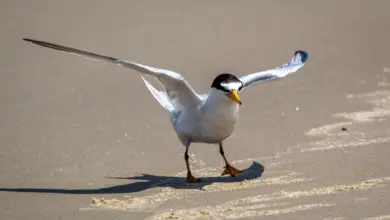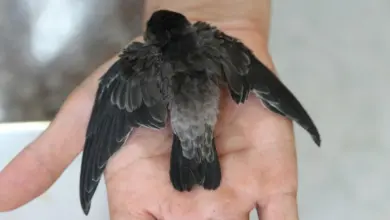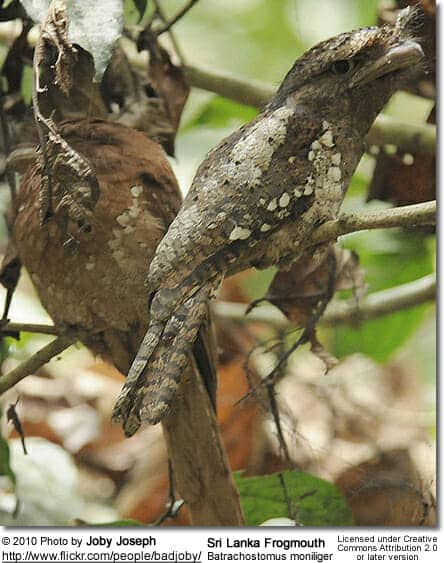Twilight Photography
by Ron ToelOther Articles by Ron Toel:
Unrelated to Photography: Alligators … Elephant Seals … Ruby-throated Hummingbirds … Wood Storks |
Twilight is the time of day when the sun lights the sky from behind the horizon. How long it last depends on the season and where one is located and the weather. The farther North on is located the longer it last (land of the midnight sun….Alaska). The type of colors that appear is also dependent on the location.
The weather is mostly what is dependent on whether a twilight will be successful for photography or not.
On an overcast day, there is no special light and the sky just fades to black. On a clear sky, the colors shade from the horizon upwards. The sky can be unpredictable in the effects of colors presented. A classic effect on a clear day goes from orange to yellow to blue (occasionally there can be a band of green between the yellow and blue). These colors make a great reflection image in water as it adds to the composition.
High clouds usually light up a colorful pink at this time. This effect happens very suddenly and it is worth the times when nothing happens. A story……
Silhouettes
The first time Wayne and I were in the mountains together, at a spot where many gather to shoot the sunset, the sun dropped behind the horizon. Everyone there disassembled their gear and left, and as I started to do the same, Wayne said to me, “What are you doing?”“The sunset is over.” I replied.“But the twilight is just beginning. Turn around.” said he. “WOW!” was all I could say as the clouds behind us turned many colors in waves as the light disappeared. “I learn something from you every time I am with you”
This is when I like to do silhouettes.
-
- I work with wide angle to get the full horizon and gradation of all the colors and it takes in more than just the sky or with a 80-200mm for more detailed silhouettes of objects on the horizon.
-
- I always shoot with a tripod and use a low ISO rating as it produces a more vibrant color saturation.
- I always use a polarizing filter at this time as well for the same reason. Details benefit from the softness of the light as one side of the sky is brighter than the other. There is a directional quality to the light (making the polarizer work) that is missing on a regular over cast day.
So I say to you……..Don’t be with the crowd that packs up when the sun drops behind the horizon……shoot until there is NO LIGHT.



